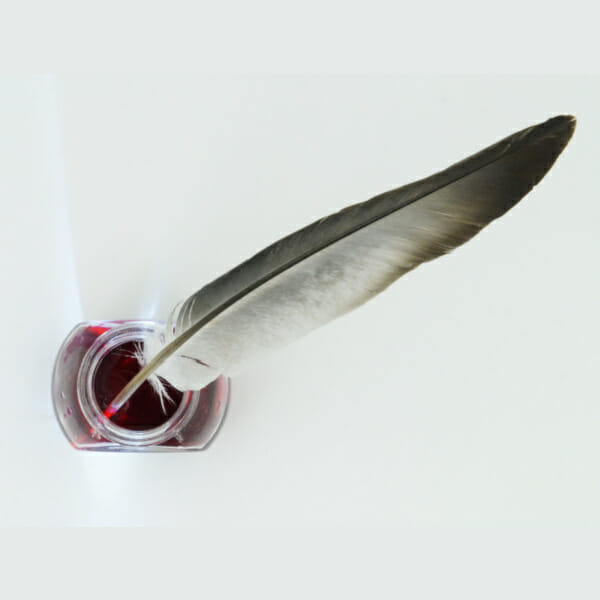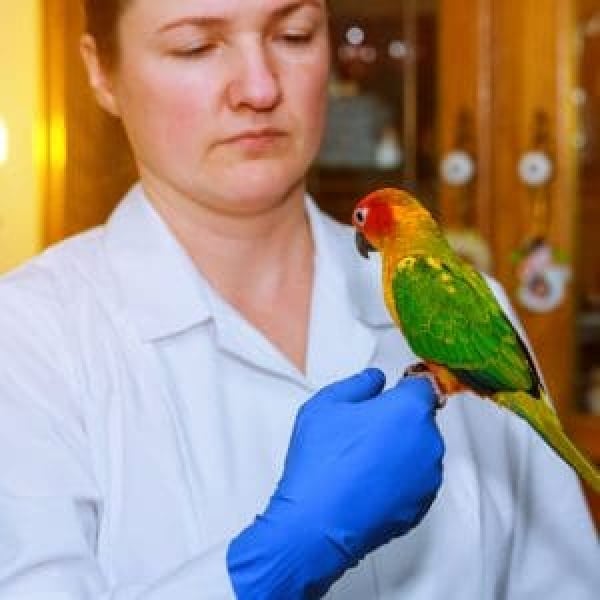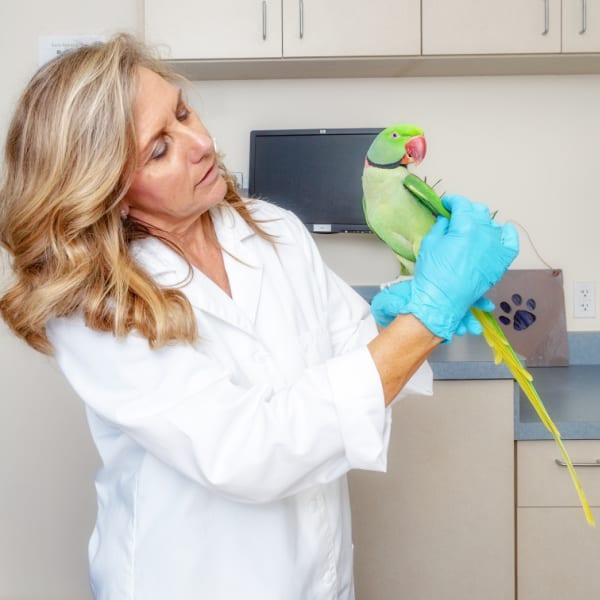Hi Mitch. Just a comment of concern.
Clearly, I understand the need to know a bird’s sex but I’m also very concerned about this kit that anybody can buy, including many of the idiots out there that own birds.
Editors note: not my words
Do you really want to encourage all owners to pluck their birds feathers and cut their nails too short in order to get blood for testing?
There are experienced owners out there that could do it but there are probably many more out there who could cause an emergency and pain.
I have lived with 17 budgies but I would would still go to a vet for something like that.
I wish you would write a follow up to that article to inspire caution. The article makes me very nervous frankly.
(more…)










